Although the peak season for cassava harvest is not until early November, in some localities, people have begun to massively uproot cassava, affecting the productivity, quality, and economic value of cassava. The massive purchase of raw materials, each doing their own thing, has led to market disruption, unstable product prices; the quality of seedlings is not guaranteed for the next crop... This situation has been going on for many years, but there has been no solution.
According to statistics from the Department of Agriculture and Rural Development, in 2023, the whole province planted 2,674.1 hectares of raw cassava, reaching 98.2% of the plan, with an estimated yield of 162.9 quintals/ha and an estimated output of 43,561.1 tons. The main cassava material areas are concentrated in the districts of Quang Hoa, Ha Lang, Trung Khanh, Thach An, Bao Lam, Bao Lac and the City.
Quang Hoa is a locality with strengths in developing agricultural commodities. People are experienced, know how to organize production, apply science and technology, and are sensitive to the market. Therefore, crops always have high productivity and output. Moreover, people exploit the potential of border gates well, so they are proactive in production and consumption of products. Particularly for raw cassava, in 2023, the whole district will plant over 500 hectares, concentrated in the communes of Dai Son, Cach Linh, Phuc Sen, Be Van Dan, Hoa Thuan town and Ta Lung town. To increase the economic value of crops, people continue to maintain and expand the cassava growing area, rotating 3 sugarcane crops with 1 cassava crop. This not only helps to improve and restore the soil but also takes advantage of excess fertilizer for crops, saving production costs.
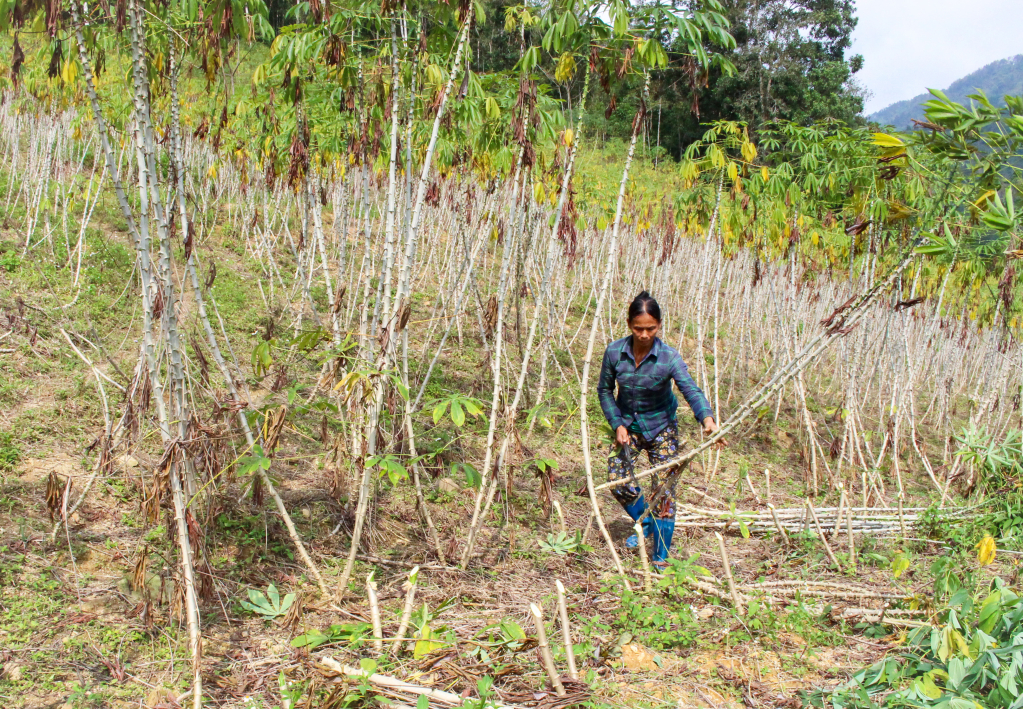
According to the crop calendar, raw cassava is planted in late February and early March and harvested in November every year. Based on the growth and development time, cassava must be at least 8 months old before being harvested and according to the recommendations of good experts, the best time for the plant is 11-12 months old, at which time all nutrients will be concentrated in the tubers, achieving a high starch content. If cassava is harvested young, the starch content is low, and the product quality is poor. Specifically, when harvested early, more than 5 kg of fresh tubers will yield 1 kg of starch, while if the time is sufficient, only nearly 4 kg of fresh cassava will yield 1 kg of starch. However, in reality, for many years, people in localities have massively harvested raw cassava early to have time to harvest sugarcane and plant other crops.
According to the reporter's records, in the 2022 production season, people in the communes of Dai Son, Cach Linh, My Hung, Hoa Thuan town and Ta Lung town pushed the cassava harvest schedule 20 days earlier than the actual time while the cassava did not have enough time to develop tubers, affecting the productivity, quality and economic value of the cassava plant. The purchase of raw materials took place massively, everyone did whatever they wanted, leading to market disruption, unstable prices, and the local cassava starch processing factory could not arrange a reasonable purchase schedule.
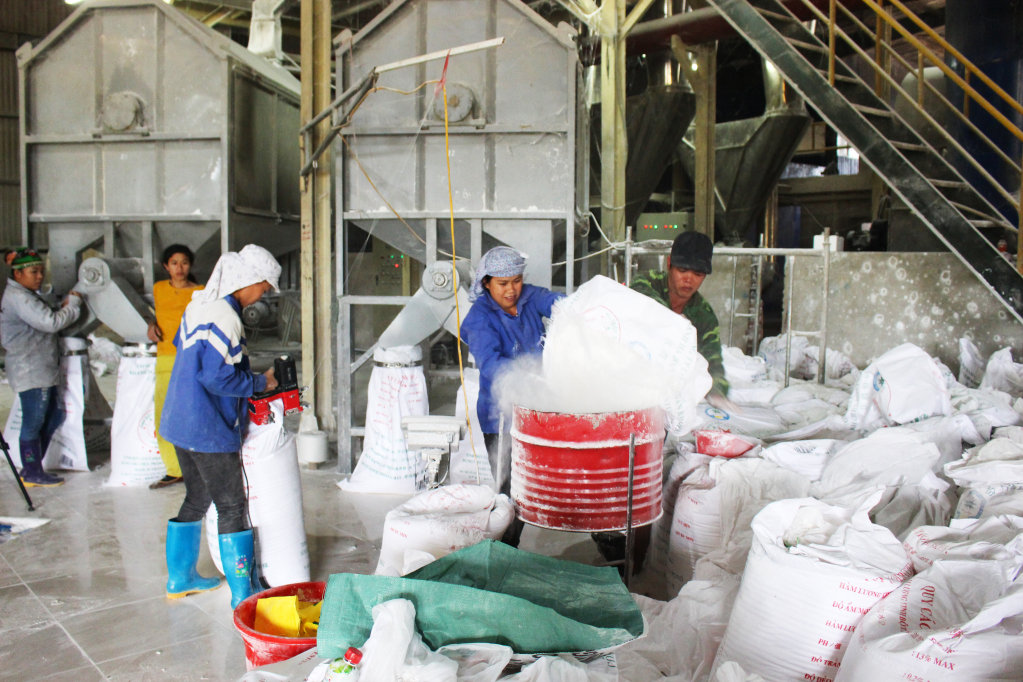
Ms. Nong Thi Hien, an officer of the Raw Materials Department of Cao Bang Cassava Starch Processing Factory, said: To prepare well for the production conditions of the 2023-2024 crop year, from the beginning of October, the Factory sent agricultural staff to visit the fields, pull out samples to assess the growth and development of cassava plants. Currently, cassava plants are growing well, and the infected areas have recovered. However, if people do not harvest enough time (when the leaves are still green, the tubers are small, young, thick skin, lots of resin, and do not have much starch), the yield will decrease by about 40%. Therefore, the best harvest time is when the tree trunk is old, the leaves are yellow and fall off 2/3 of the trunk or more, at that time the tubers are large, the skin is thin, there is a lot of starch, and the yield is highest. The Factory recommends that people need to calculate and choose the appropriate time to harvest cassava to increase economic efficiency and ensure the quality of seedlings for the next crop. At the same time, the Factory commits to purchasing all raw cassava at market price.
According to the plan, Cao Bang Cassava Starch Processing Factory will start production in mid-November 2023. Up to now, the maintenance, replacement, installation of new machinery and preparation of workers have been basically completed. The factory has also developed a plan to purchase raw materials by region, avoiding overlap; prioritizing the purchase of raw material areas in key districts. The factory hopes that all levels and sectors will participate in managing raw material areas well, avoiding the situation of competing to buy and sell, causing market disruption and losses to investors. On the part of the people, it is necessary to strictly follow the harvest schedule, commit to consuming products, not to pull up immature cassava, or to pull up too much, affecting the production plan as well as product quality.
Thai Ha
Source


![[Photo] Anh Hoang - Dinh Duc successfully defended the men's doubles championship of the National Table Tennis Championship of Nhan Dan Newspaper](https://vphoto.vietnam.vn/thumb/1200x675/vietnam/resource/IMAGE/2025/5/23/d6ab3bcac02c49928b38c729d795cac6)

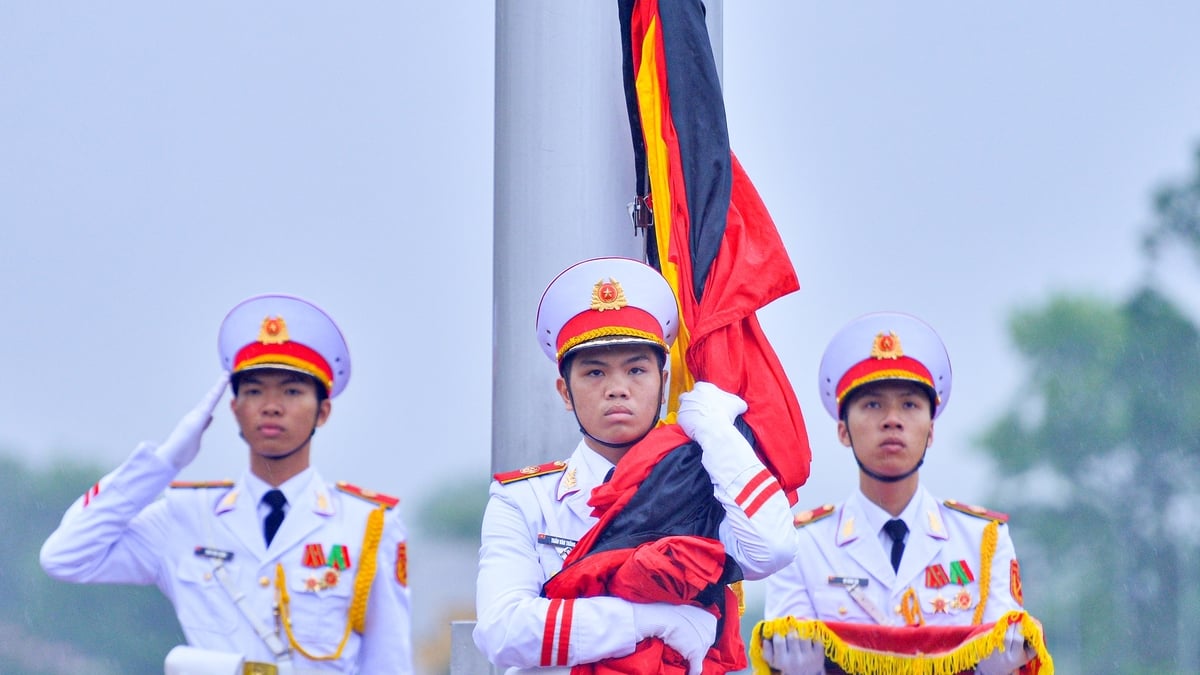
![[Photo] Top players gather at the 2025 Nhan Dan Newspaper National Table Tennis Championship](https://vphoto.vietnam.vn/thumb/1200x675/vietnam/resource/IMAGE/2025/5/23/9ad5f6f4faf146b08335e5c446edb107)

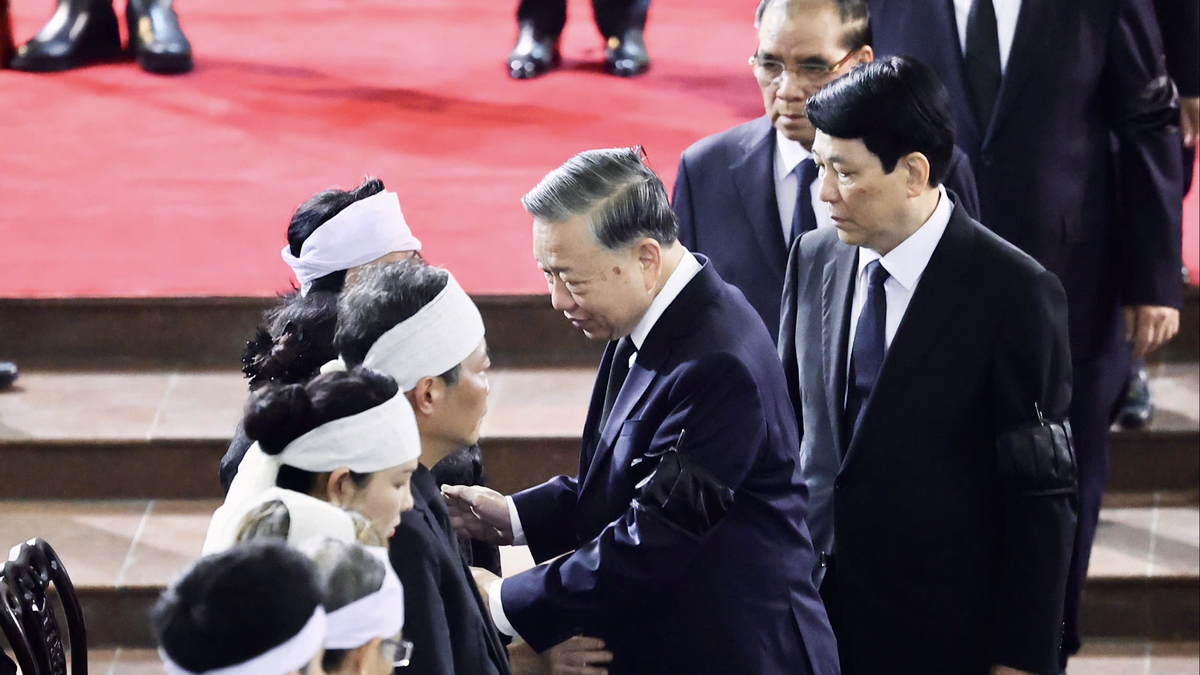











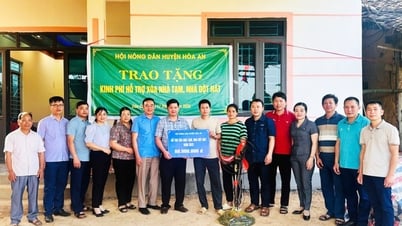

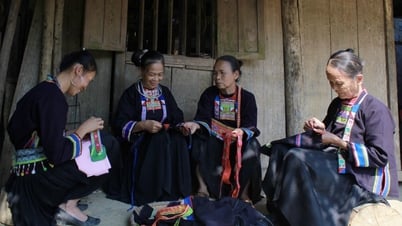
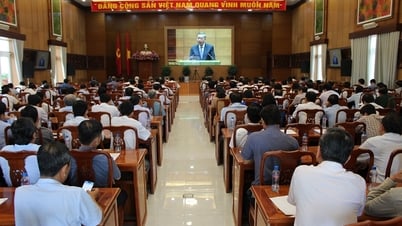
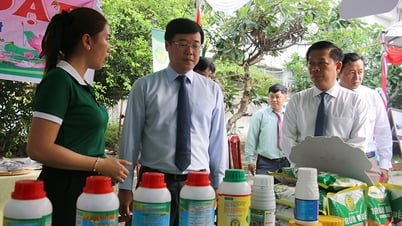






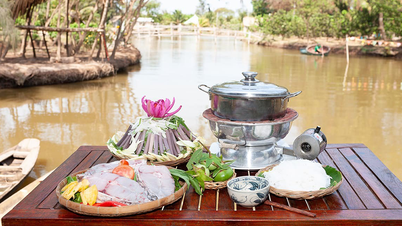
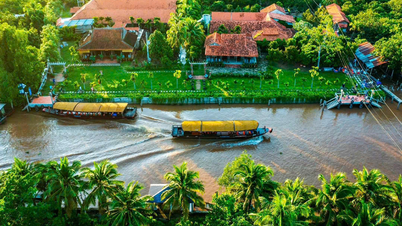
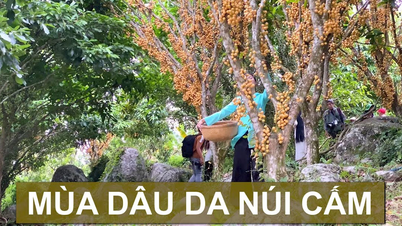
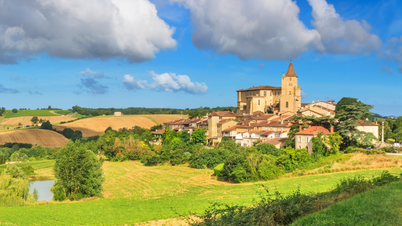
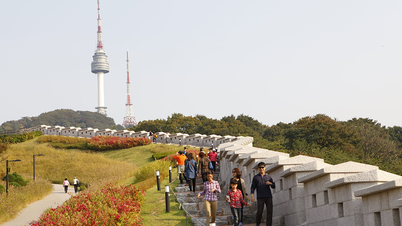































![[Photo] The Central Party Executive Committee delegation visits former President Tran Duc Luong](https://vphoto.vietnam.vn/thumb/402x226/vietnam/resource/IMAGE/2025/5/24/32f67673454445aab0f1f2af331cb170)
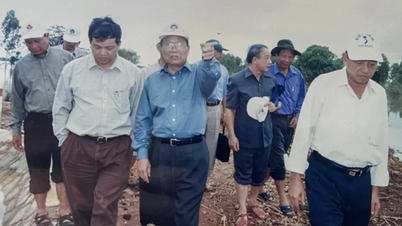

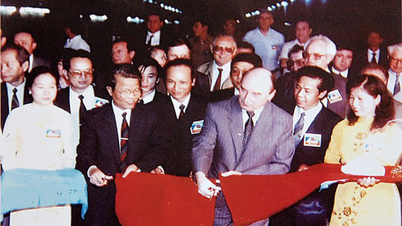












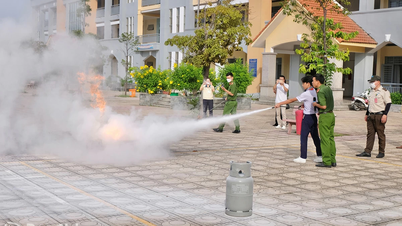









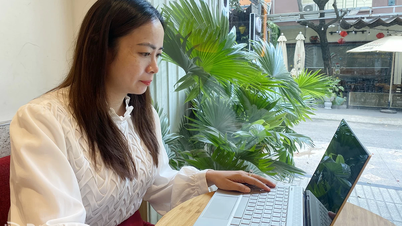











Comment (0)